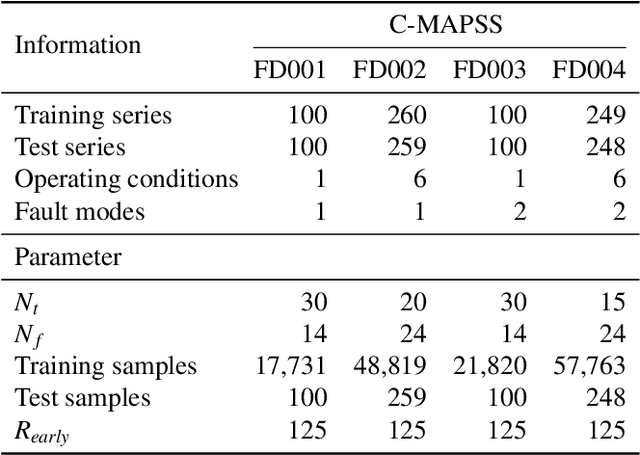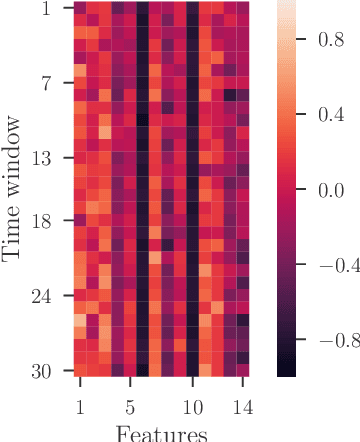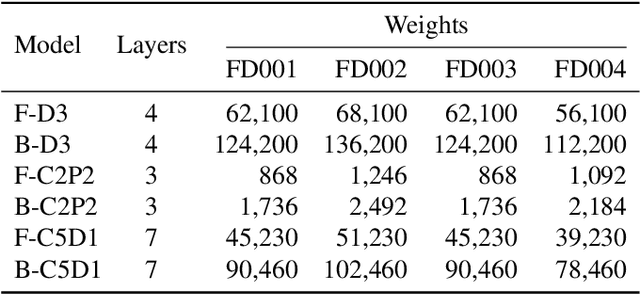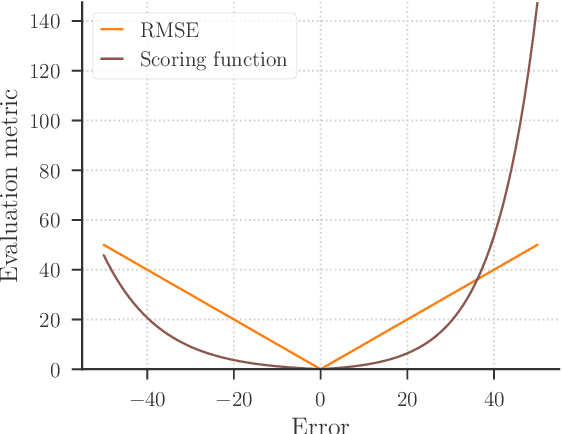A Comparative Study between Bayesian and Frequentist Neural Networks for Remaining Useful Life Estimation in Condition-Based Maintenance
Paper and Code
Dec 20, 2019



In the last decade, deep learning (DL) has outperformed model-based and statistical approaches in predicting the remaining useful life (RUL) of machinery in the context of condition-based maintenance. One of the major drawbacks of DL is that it heavily depends on a large amount of labeled data, which are typically expensive and time-consuming to obtain, especially in industrial applications. Scarce training data lead to uncertain estimates of the model's parameters, which in turn result in poor prognostic performance. Quantifying this parameter uncertainty is important in order to determine how reliable the prediction is. Traditional DL techniques such as neural networks are incapable of capturing the uncertainty in the training data, thus they are overconfident about their estimates. On the contrary, Bayesian deep learning has recently emerged as a promising solution to account for uncertainty in the training process, achieving state-of-the-art performance in many classification and regression tasks. In this work Bayesian DL techniques such as Bayesian dense neural networks and Bayesian convolutional neural networks are applied to RUL estimation and compared to their frequentist counterparts from the literature. The effectiveness of the proposed models is verified on the popular C-MAPSS dataset. Furthermore, parameter uncertainty is quantified and used to gain additional insight into the data.
 Add to Chrome
Add to Chrome Add to Firefox
Add to Firefox Add to Edge
Add to Edge